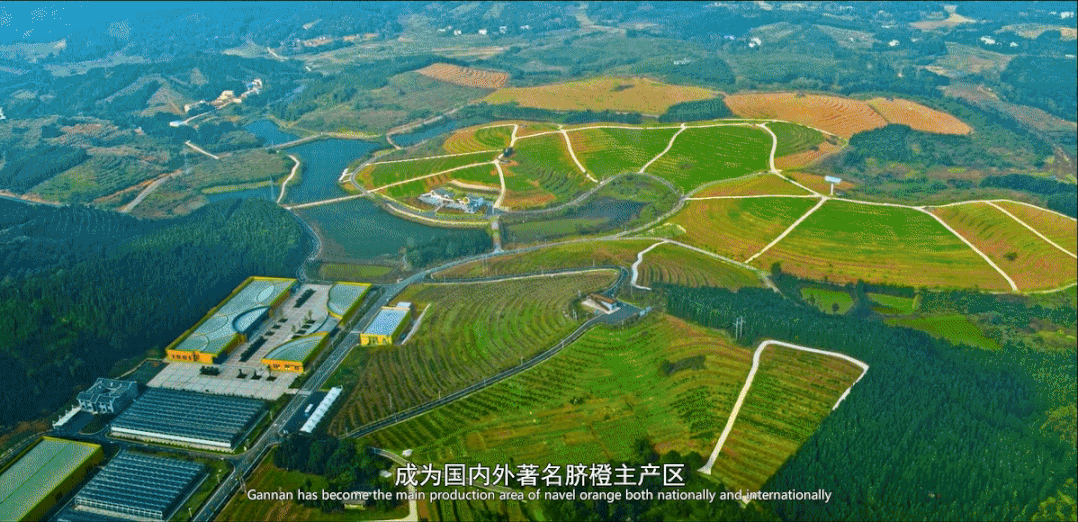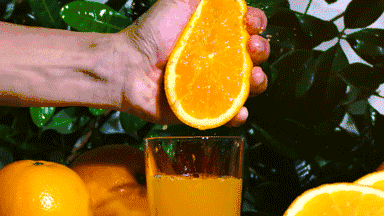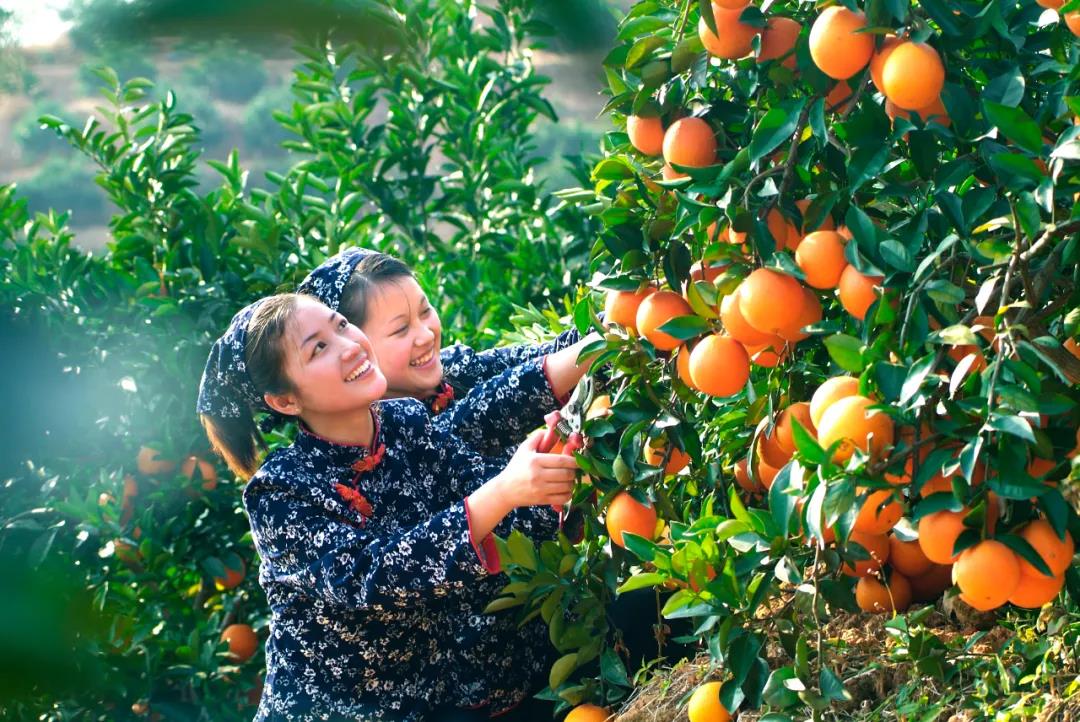The China-EU Agreement on Geographical Indications officially entered into force on March 1, 2021. It is China's first bilateral comprehensive and high-standard agreement on GI protection and a practical outcome in China-EU economic and trade relations in recent years.
To better protect and promote GI products and to meet people's aspiration for a better life, the Chinese Mission to the EU will, starting from today, give a detailed presentation of the first batch of 100 Chinese and 100 EU GI products included in the Agreement.
GI Episode 1: Gannan Navel Orange
Gannan is located in southern Jiangxi Province in the middle reaches of the Yangtze River. Having a subtropical monsoon climate, Gannan has four distinct seasons, sufficient sunshine and abundant rainfall, large temperature differences between day and night, and unique red soil. These conditions have made Gannan an ideal place for navel orange production. It is known as the hometown of naval oranges in the world.


People often say in China, the orange is so fresh and tender that it can be opened by fingers. Gannan navel orange fruit is large and round in shape. The meat is crisp and tender, and fragrant with an edible rate of 85%. It contains more than 55% juice, with a sugar-acid ratio of 17.5. It is rich in vitamins and trace elements needed by human body.

It was not until in 1971 that the navel orange tree saplings were first introduced into Gannan. Today, the annual output of Gannan navel oranges amounts to more than 1 million tons. The navel orange industry has transformed from a separate planting industry into an industrial cluster integrating production, processing, storage and transportation and marketing. It now has developed a safety and quality management system with ecological planting, standardized management and whole-process quality tracking. Gannan navel oranges, a gift from nature, bring hope for local fruit growers every year, and bear fruitful results in poverty alleviation and rural revitalization.

